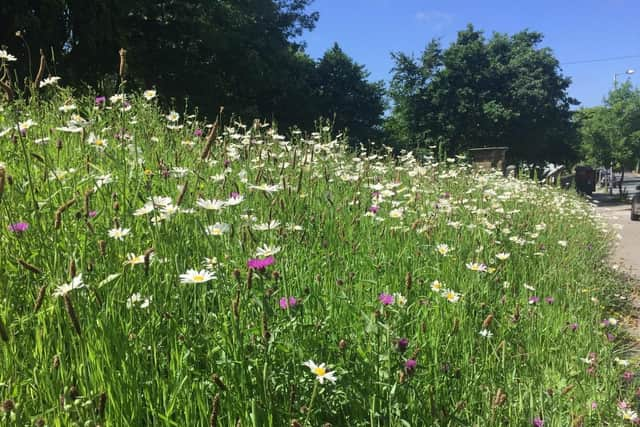Have your say on how grass is cut and managed by Lancaster City Council
and live on Freeview channel 276
Since the 1930s, England has lost 97% of its grasslands, with more than 500 species having disappeared, and more could yet follow, including hedgehogs and house sparrows. The new strategy will help increase biodiversity, improve the workload planning of staff, and will help meet the council’s climate change commitments.
Lancaster City Council has developed several different cutting palettes specific to different grassed areas across the district, based on advice from experts in the field including Natural England, Butterfly Conservation, Lune Valley Pollinators, landscape architects and ecologists.
Advertisement
Hide AdAdvertisement
Hide AdThe council has also been working with environmental consultants, Stephenson Halliday to develop a map to ensure every area of outdoor space is optimised to its fullest potential. The nine cutting palettes are public open space, managed long meadow, desirelines, meadow edges, verges, amenity prestige, informal sports, and two types of wildflower meadows (introductory mix and perennial mix).


More information on the new grassland management strategy, can be found at www.lancaster.gov.uk/grassland-management where you will also find information on the benefits of the new grassland management strategy, the cutting palettes and how often the grass will be cut, the machinery used and a video featuring key partners.
There is also an interactive map, where members of the public can comment on how areas of grass close to their homes will be managed. The map will be open for feedback until Friday March 5.
Councillor Dave Brookes, Cabinet member with responsibility for natural environment, said: “Pollinators such as bees and butterflies are a vital part of our ecosystem and are responsible for pollinating the crops that provide the food we eat. Worryingly they are in decline and initiatives like this are an important way of increasing biodiversity both in urban and rural areas, with the very welcome side effect that they are lovely to look at.
Advertisement
Hide AdAdvertisement
Hide Ad“The coronavirus pandemic has seen many people reconnect with nature and enjoy the positive impact it has on their health and wellbeing, so please take a look at our interactive map to see how grassland in your area will be managed, and let us know what you think.”
The strategy does not include information on weed control on the streets, which is the responsibility of Lancashire County Council. However, there is information on the city council website relating to invasive weeds and how they will be dealt with in managed long meadows and wildflower meadows.